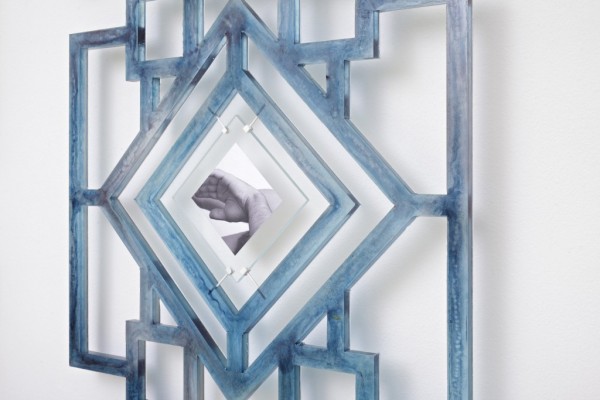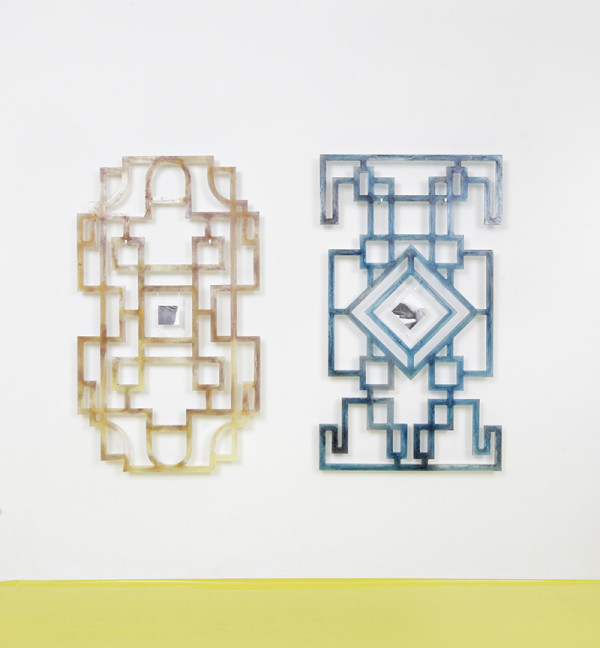Zuzanna Czebatul
Monday, 21 December 2015
Work from A Gentleman’s Insult / A Gentleman’s Apology at Gillmeier Rech
“Pivotal Blast, an obelisk measuring over six meters, lies broken in the middle of the gallery space. In three pieces, it cuts a pathway from the rear of the space to the door. In Ancient Egypt, the obelisk, a monolithic pillar with a pointed crown, symbolized rays of the sun turned to stone and was erected in front of sacred temples as a protective edifce. Examples can still be found today in Rome, Cairo, and Istanbul, and in the 170-meter Washington Monument in the United States. In Czebatul’s exhibition, Pivotal Blast, an obelisk of plush, has toppled over, so that its tip does not point at the sky, but directly at the gallery entrance. Although collapsed, the sculpture – due to the architectural perfection and beauty of the Egyptian style – possesses a monumental aura. Thus, and particularly in the current context of the destruction of the temples in Palmyra, Syria, the exhibition unfolds a space, in which the signifcance of cultural heritage and Ancient architecture for the present day can be discussed.
The title A Gentleman’s Insult / A Gentleman’s Apology is a metaphor for loss of control, for failure, and dearth of decorum that lies over the scenario in the gallery space. Accordingly, Czebatul has bathed the foor in radioactive yellow and positions Pivotal Blast next to four fat works entitled Neuro Studies that are not mounted onto the wall but rather foat a little in front of it. These grid structures, molded in colored resin, draw on the tradition of spiritual windows while being very reminiscent of Modernist abstract forms. In the center of each picture, a black and white snapshot of naked bodies can be found. Here, photographic likeness is juxtaposed with abstraction, symbolizing the proximity between ornamentation and fguration. Essentially, A Gentleman’s Insult / A Gentleman’s Apology demonstrates Czebatul’s fascination with the relationship between art historical vocabulary and contemporary con- cepts of brittle perfection to form a single statement about our everyday material culture.”






